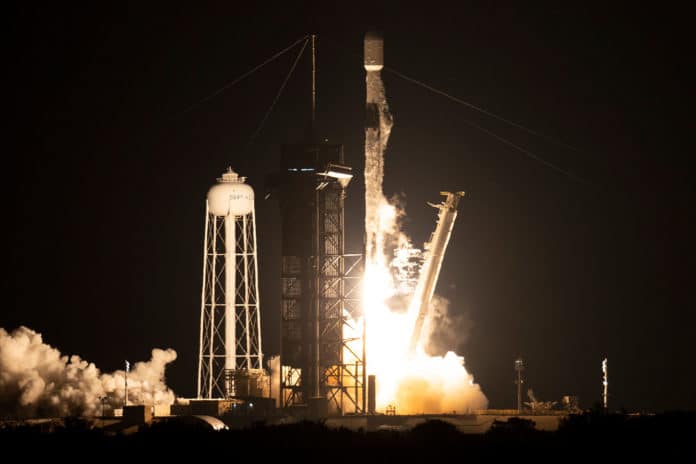On December 9, NASA’s Imaging X-ray Polarimetry Explorer (IXPE) roared into orbit to start its planned two-year mission studying polarized X-rays released by black holes and neutron stars. The IXPE spacecraft successfully launched on a SpaceX Falcon 9 rocket from Launch Complex 39A at the Kennedy Space Center at Cape Canaveral in Florida.
The rocket performed as expected, and the spacecraft separated from the second stage 33 minutes after launch. Approximately one minute later, the spacecraft unfurled its solar arrays. IXPE entered its orbit around Earth’s equator at an altitude of approximately 372 miles (600 km), where it will circle the Earth once every 90 minutes. About 40 minutes after launch, mission operators received the first spacecraft telemetry data.
A joint effort with the Italian Space Agency, the IXPE Observatory is NASA’s first mission dedicated to measuring the polarization of X-rays from the most extreme and mysterious objects in the universe – supernova remnants, supermassive black holes, and dozens of other high-energy objects. It could help scientists better understand the remnants of these exploded stars, their environment, and how they produce X-rays.
IXPE carries three state-of-the-art space telescopes with special polarization-sensitive detectors. Polarization is a property of light that holds clues to the environment from which the light originates.
“IXPE represents another extraordinary first,” said Thomas Zurbuchen, associate administrator for the Science Mission Directorate at NASA Headquarters in Washington. “Together with our partners in Italy and around the world, we’ve added a new space observatory to our fleet that will shape our understanding of the universe for years to come. Each NASA spacecraft is carefully chosen to target brand new observations enabling new science, and IXPE is going to show us the violent universe around us – such as exploding stars and the black holes at the center of galaxies – in ways we’ve never been able to see it.”
